Ways To Boost Your Child’s Drawing Skills
![]()
- Posted by abrakadoodle.com.sg
- Categories Early childhood development
- Date 14 October 2022
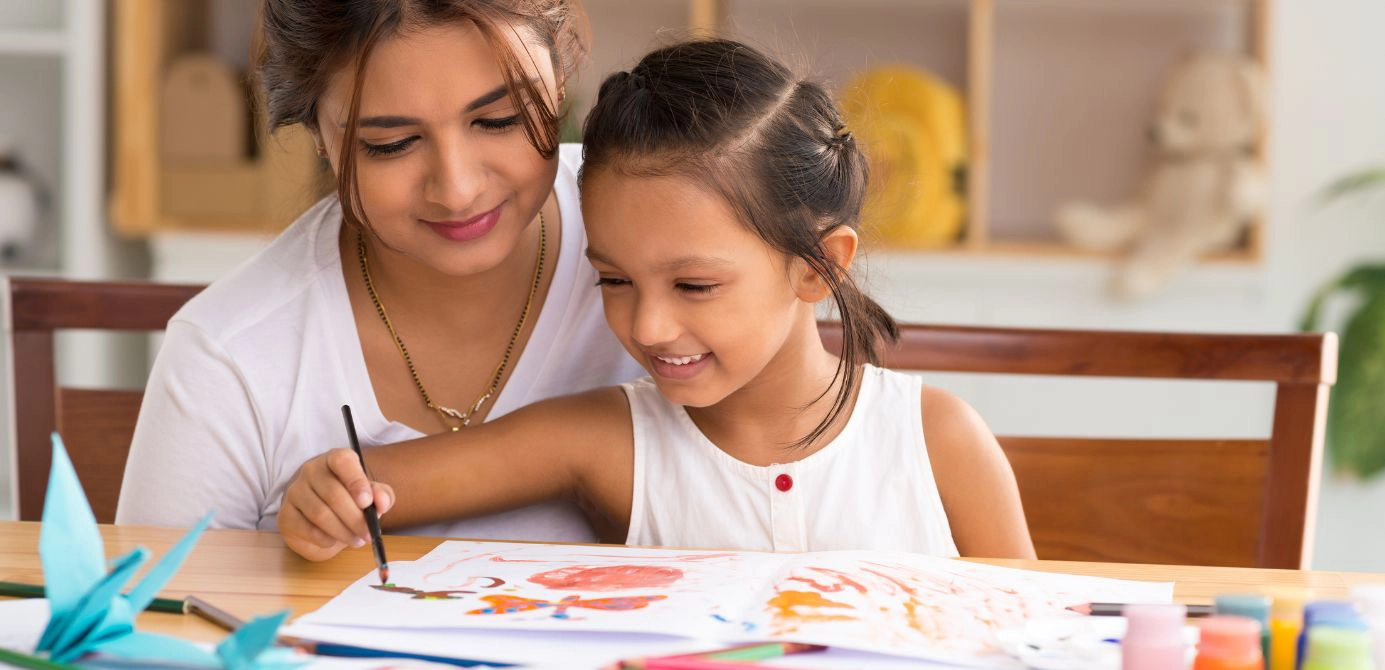
Drawing Skills help communication. As a matter of fact, drawing with supporting text is a better way to explore and expand upon your ideas and express those ideas to others. When it comes to toddlers and young children, learning to draw is a critical stage and allows parents to sow the seeds of learning to write at a very early age.
Before children begin to write words and letters, initiating drawing skills development program is one way they can use to communicate their thoughts and feelings. More importantly, drawing supports the development of a child’s capability to visualise and explore the world they are growing up in.
Drawing for children is a journey of discovery and is beneficial for their mental well-being. It has a calming effect and shows children how they can face and cope with stressful situations by enabling them to let off steam by expressing complex emotions through drawing instead of resorting to aggressive behaviours.
Table of Contents
ToggleDrawing skills improve muscle development & control
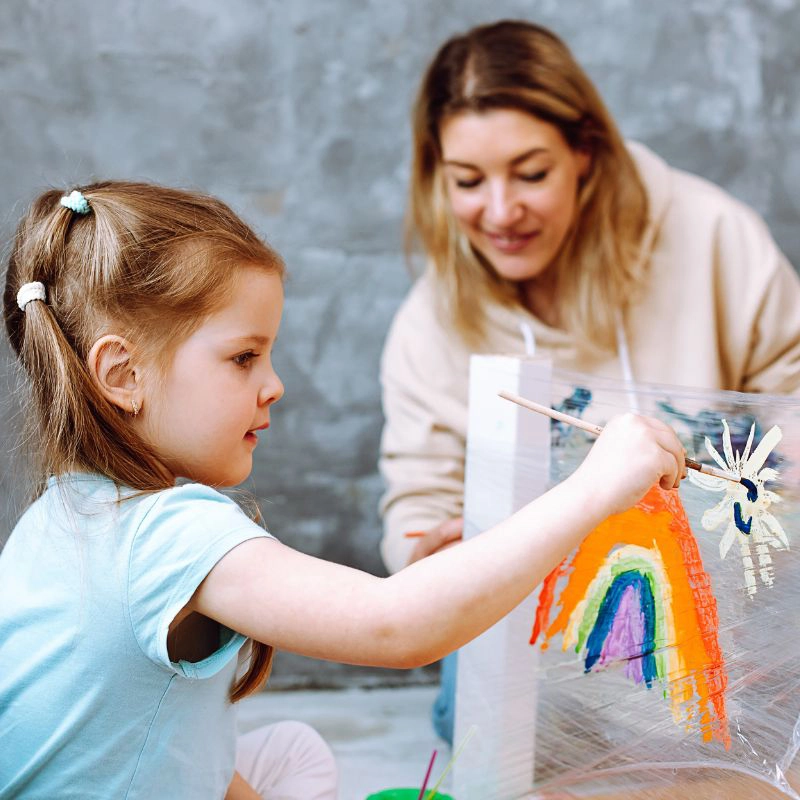
It’s important that children are physically ready to begin drawing activities for kids at home. Focus on exercising shoulder and arm muscles (gross motor skills). Here are some great ideas to get your child moving. Get her to climb a tree or pull herself up using her arms, swirl and dance with a coloured ribbon stuck to a stick in wide arcs, sweep with a broom, fill and empty toy buckets, draw giant chalk circles on the driveway, in fact, anything that will get your child stretching up or across her body!
Then get her to work on exercising her wrist and finger muscles. (fine motor skills) essential for gripping tools. Here are some ideas for developing these muscles — threading beads and sewing games, kneading play-dough, using tweezers to pick up tiny objects, and involving her in stacking games.
Most of what your will be needing can be found around in your home itself.
As muscles and control develop, your child will automatically progress to using crayons or chalk to draw big circles and straight lines on paper. This type of drawing is often dismissed as squiggles and doodles but is actually an important step in learning to draw.
Remember, for a toddler learning to control any tool, such as a pencil, crayon or paintbrush is hard and requires a lot of practice. Hand-eye coordination is also key for drawing as is the need for your child to build up control in her hands and fingers. Many of these skills can be supported by ensuring your child is physically active through play for at least an hour and a half, daily.
Instill drawing skills and make it fun
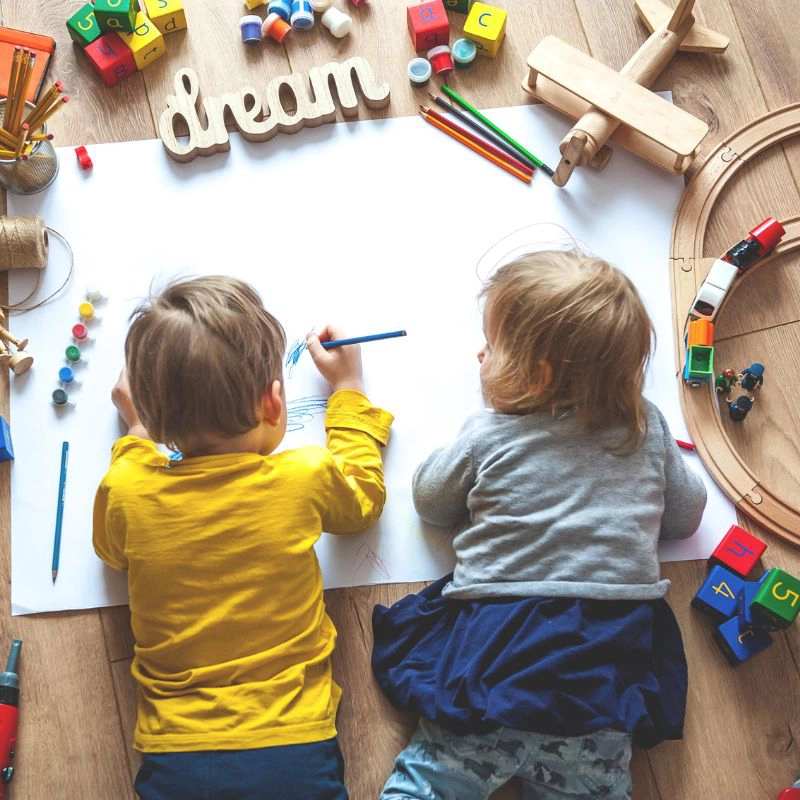
Parents can be most supportive by providing some basic art material. Drawing can become a major part of kids’ activities. It does not require expensive inputs – just a pencil, an eraser and a few sheets of paper and then leaves your child to get on with it.
The importance of drawing and painting in child development becomes even more meaningful as drawing stimulates and nurtures the imagination. The best way to encourage your child is when you avoid comparing your child’s drawing to another child’s work. Do not push or put your child under pressure to draw.
If you notice that she is hesitant, sit down with her and start to draw yourself – she might decide to join if you can make it look fun! Being able to draw will lay a solid foundation for your child to be able to write when the time comes for it.
Realize that at her age, the process of drawing is more important than what she actually creates. Encouraging her effort will have more impact than focusing on the outcome. Understand that drawing for children can become a soothing activity. Some children may take to drawing as a duck would take to the water.
Offering encouragement and guiding her, providing lots of opportunities to draw using different media, and investing the time to ensure your child is comfortable and gains confidence will be a big help. In other words, it is important for you to nurture and appreciate the effort your child puts into a drawing. It pays to take it more seriously.
Whether a child draws like a genius or not doesn’t matter. Rest assured, drawing activities for kids at home will play a critical role in your child’s development and growth. Value it, appreciate the effort, and use what your child draws as a springboard for initiating meaningful conversations and opportunities for strengthening bonding.
Improve how your child communicates:
As stated earlier, toddlers and young children cannot always find the right words and actions to express themselves. But by looking at what they draw, parents can gain insight into their child’s thoughts and feelings. Apart from this, being able to express freely helps boost a child’s emotional intelligence.
Help your child think clearly:
When your child begins to draw, she is faced with multiple decisions and choices — whether it’s ‘what colour should I use here?’ or ‘How do I draw an aeroplane and connect one part of its body to another?’ ‘How many petals should my flower have?’ ‘Should I make each petal look different?’ All these questions require her to solve problems. You can learn a lot by asking questions such as, why did she draw certain parts of the flower the way she did? Why she used one colour and not another? See what answers your child comes up with to justify her decisions.
Stimulate your child’s imagination:
Drawing sets your child’s imagination free. Each time she draws, she learns to access her imagination and is able to put down on paper what she has in her mind. As she becomes more adept at drawing, your child will be able to create all the things she imagines and notices around her. You really cannot fathom what your child’s boundless imagination can bring to life!
Make your child future-ready:
Drawing lays the foundation for logical thinking or abstract thought. Whether your child is still at home with you or at school already, drawing helps her prepare for understanding difficult concepts and ideas. Learning creative ways of thinking at an early age prepares your child for future education.
Don’t forget to provide a variety of materials to draw with, and don’t ignore digital media tools. It makes sense to help your child get used to tablets and other smart devices she will be using frequently in the future.
About Abrakadoodle
Process Art learning experiences inspire toddlers and young children to think different, be innovative, and devise ways to learn about interesting things found in the real world. Changing the way a child discovers and imagines. Igniting her mind to think, play and learn like never before.
If you like to enrol your child in drawing classes for kids or participate in cognitive learning activities, give Abrakadoodle a call. Or better still, make an appointment with the head of a centre near you.
Get hands-on exposure to an experience that will make you see art in a way that adds value to your child’s life.
Please note: Abrakadoodle classrooms are thoroughly sanitized every day — the tables, the chairs, the children’s activity stations and everything else the child might touch is made safe and clean. They also wear a mask, wash their hands frequently, and practice social distancing.
Frequently Asked Questions
Signing up for an appropriate drawing skills development program can help you improve your drawing skills. Here's what you can expect from such programs:
1. An introduction to fundamental drawing concepts such as edges, spaces, light, and shadow.
2. The role of freehand doodling in the development of drawing skills
3. A list of essential art supplies and their applications.
4. Drawing challenges and practise sessions on a daily basis
5. Using different shapes and repeating patterns.
Understanding the importance of painting and drawing in early childhood helps recognise how children develop drawing skills over time. The stages of drawing development include:
- Uncontrolled drawing: The early stage in which toddlers learn how to hold a crayon and scribble randomly.
- Controlled drawing: The phase of developing fundamental drawing skills as well as fine motor skills and hand-eye coordination.
- Naming drawing: The stage at which a child becomes aware of shapes and angles, as well as being able to assign a suitable name to their art.
You may also like
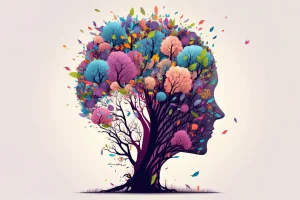
The Impact Of Colour On A Child’s Development
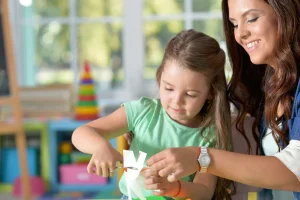
How Collage-making Activity Helps A Child To Think Creatively

